Rich’s Insulation Project in Fridley, MN
A few years back, Rich had reached out to our home improvement company for a quote on LeafGuard® Brand Gutters. Delighted by the fact that they were guaranteed to be clog-free and had earned the Good Housekeeping Seal of approval, he gave us the green light to install them on our home.
Home Performance Assessment by Lindus Construction
Last winter, as temperatures began to drop, Rich noticed that the overall level of comfort and energy efficiency in his 1960’s era home was lacking. He even questioned if this was causing his utility bills to be higher than necessary. Having been pleased with the caliber of service our experts had offered on his last project, he again turned to Lindus Construction for assistance.
Upon inspection, we noticed that there were multiple opportunities to create a more energy efficient space within Rich’s home and we offered the following solutions.
Creating a New Attic Access
The creation of a new attic access portal from the attached garage gable. Doing so allowed the preexisting interior attic access in a hallway closet to be sealed shut, which was advantageous from an energy efficiency standpoint.
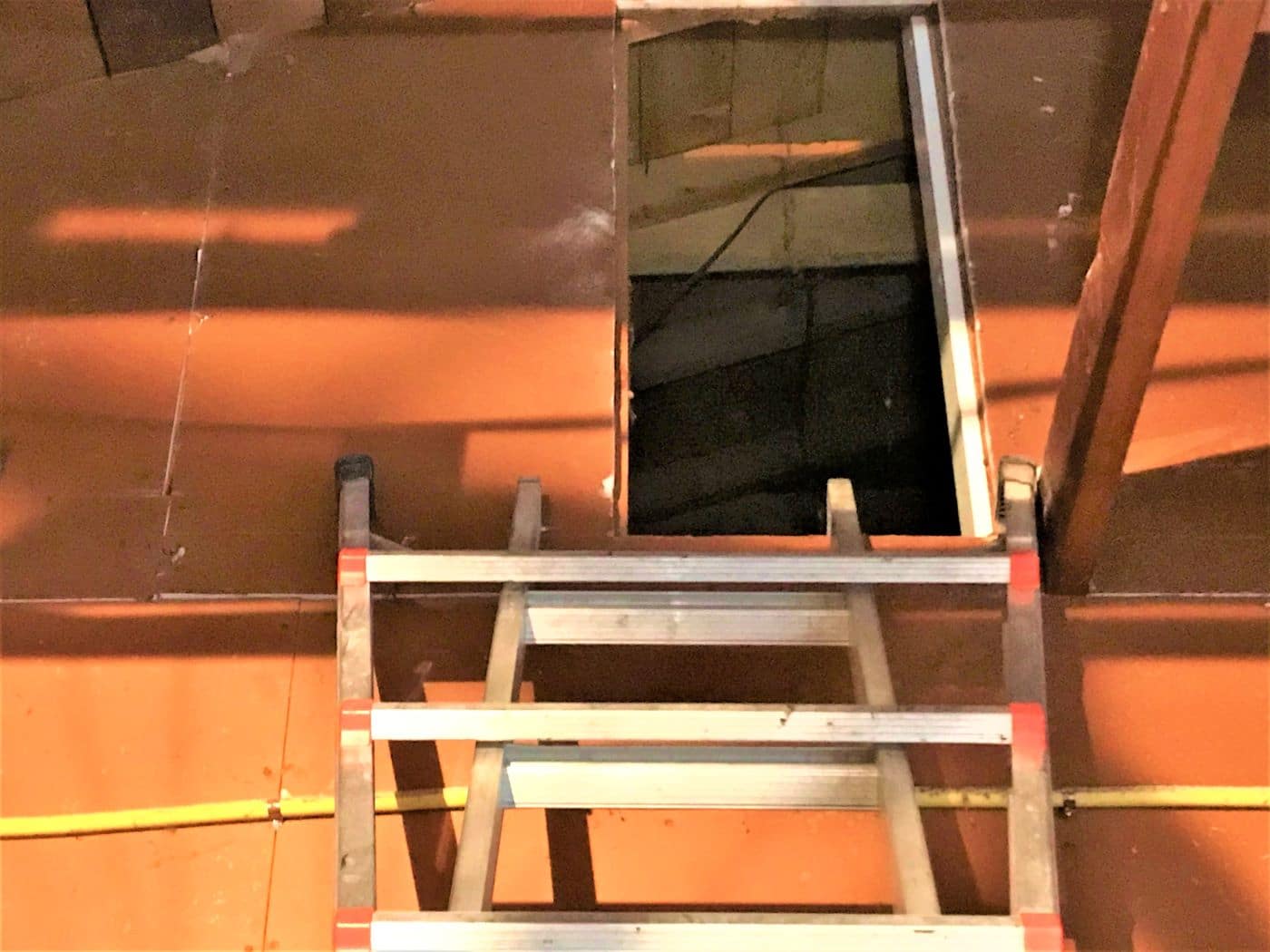
Additional Attic Ventilation
To increase attic venting and air flow, two additional turtle vents were added to the roof. Turtle vents have a box-like appearance and are placed as close to the ridge of the roof as possible. The vents reduce the risk of attic moisture developing from condensation.
Brand New Spray Foam Insulation
While many contractors are willing to simply add more insulation in order to increase a home’s R-value, we explained to Rich that doing so would not alleviate the concerns of ice dams. Our recommendation was the vacuum removal of all preexisting insulation. This approach allowed us to add spray foam insulation to all attic perforations and wall plates to prevent warm interior air from finding its way into the attic. Around the chimney, we applied heat-resistant silicone to prevent heat loss.
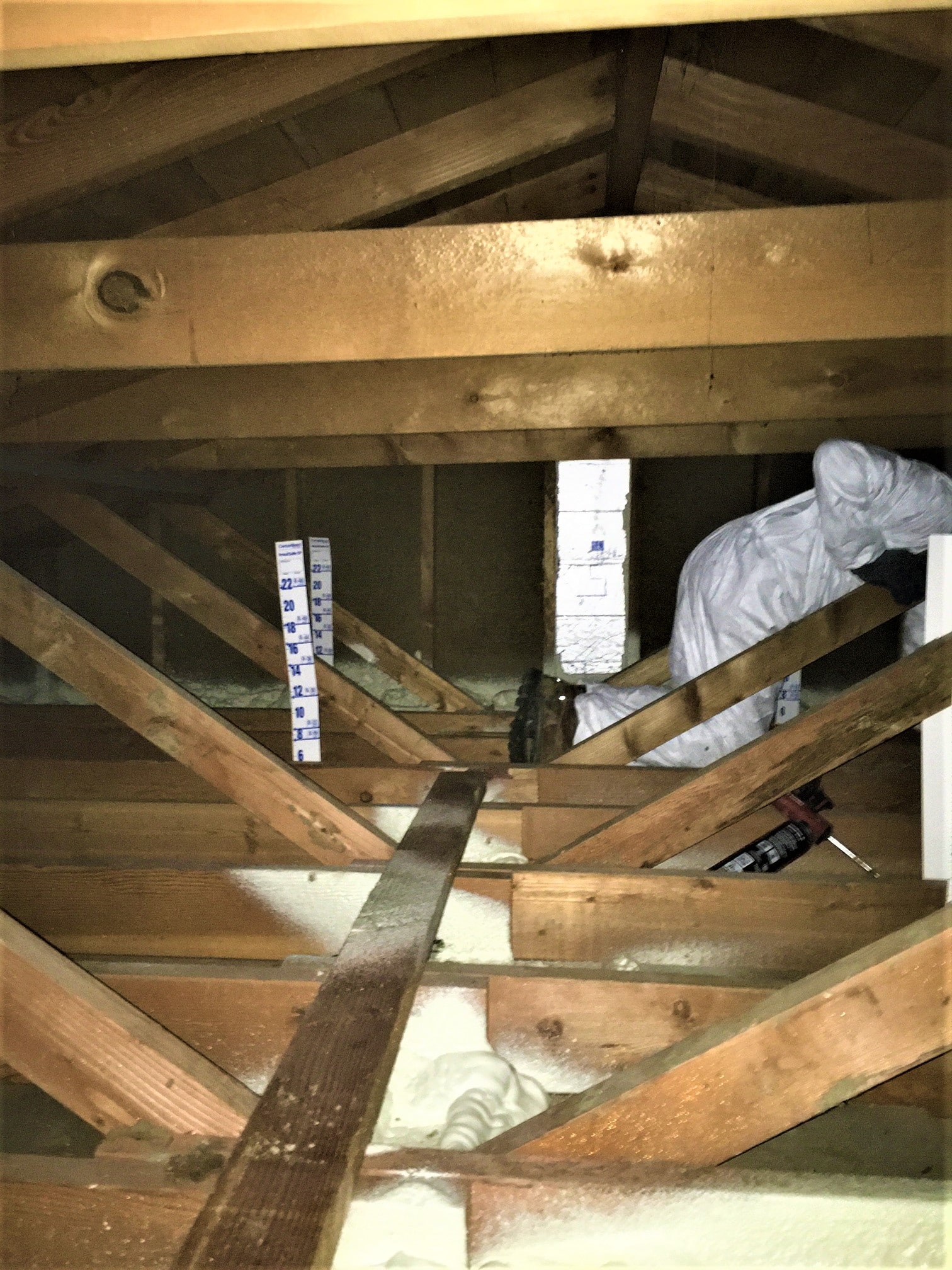
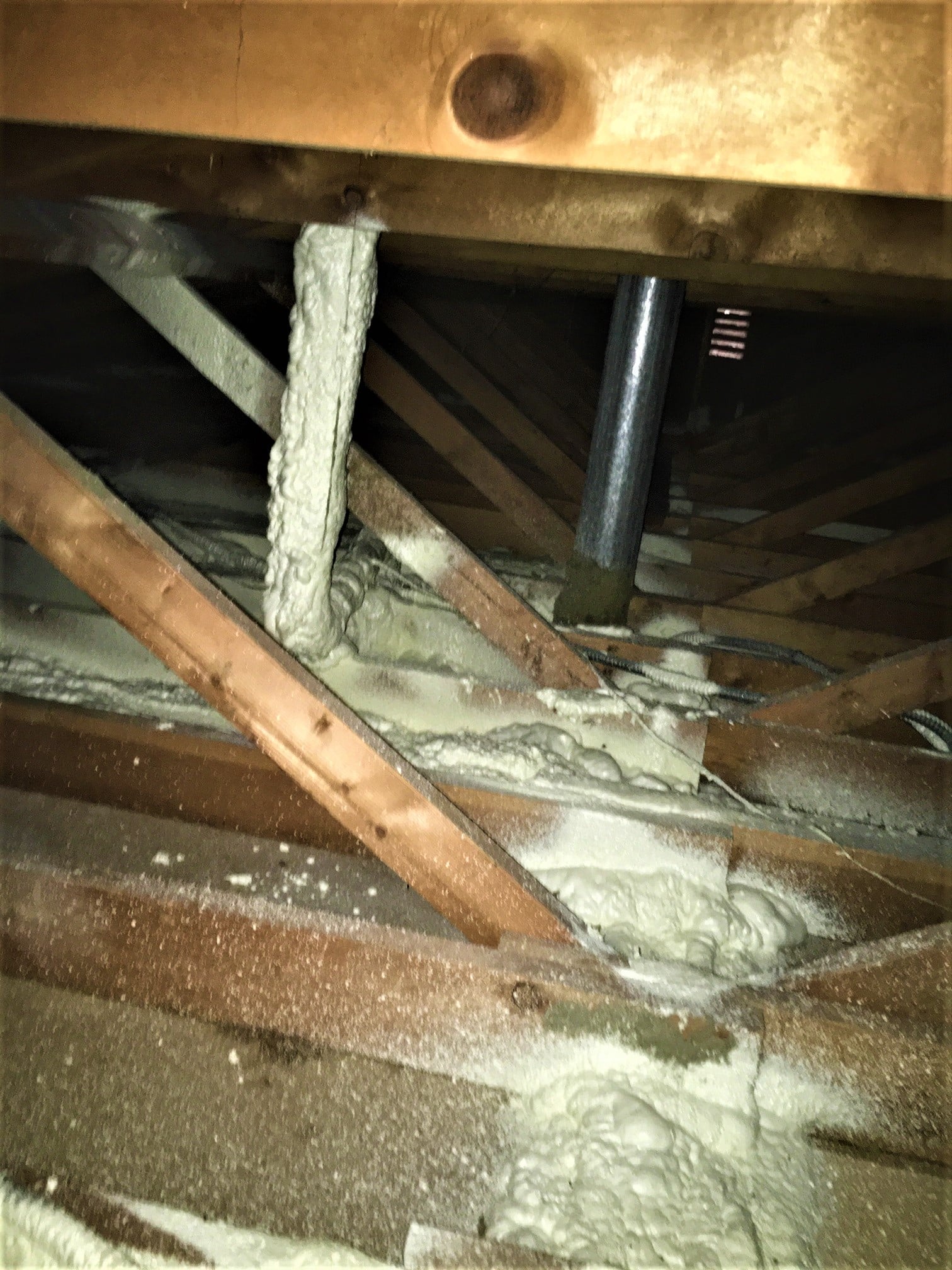
New Attic Chutes
After this had been completed, new attic chutes were installed. An attic chute is a small-scale baffle that plays a critical role in eliminating warm air from the attic and introduces fresh air. They also work to keep soffits clog-free.
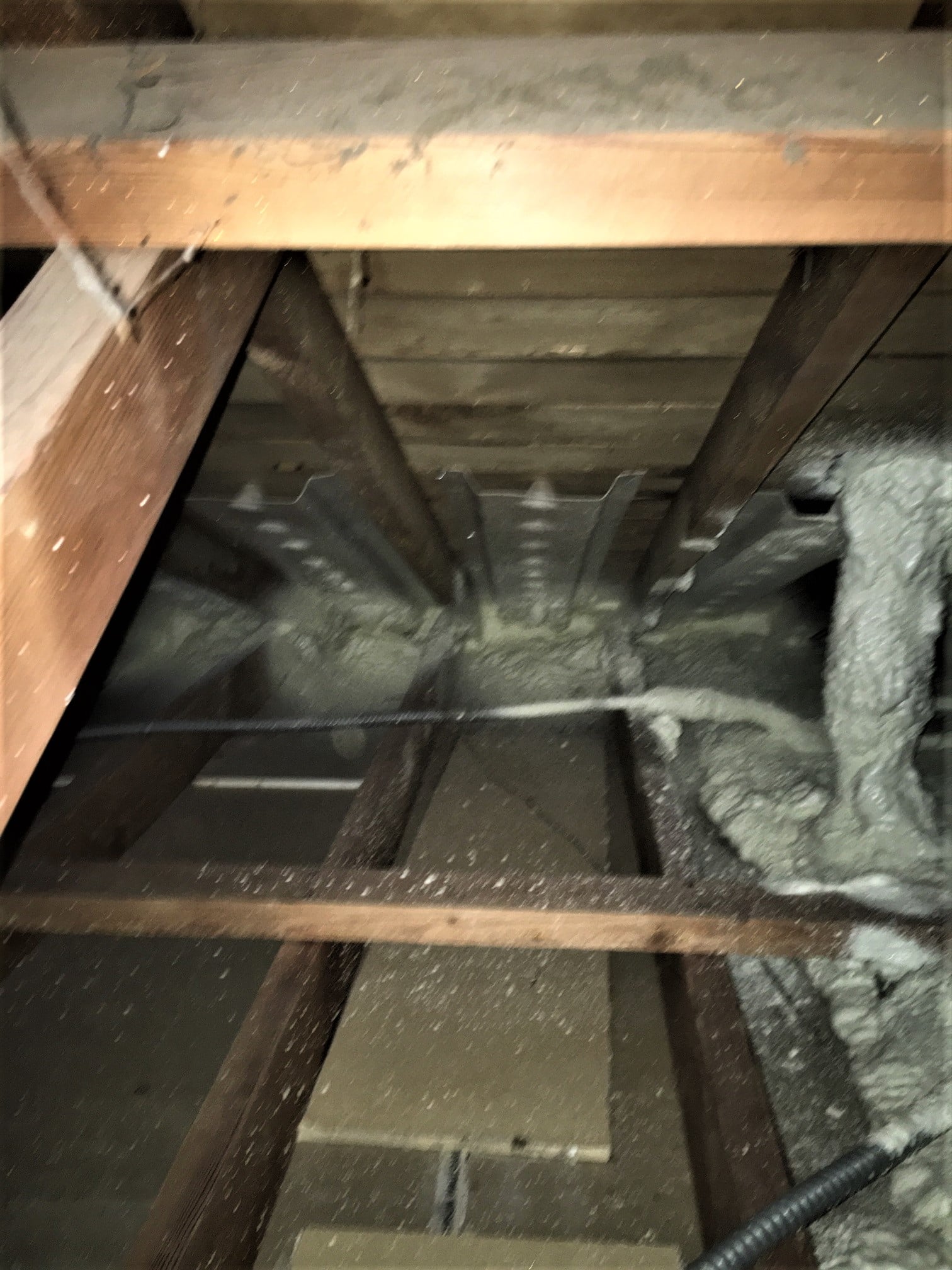
Cellulose Insulation
The final step of the two-day process was the blowing in of cellulose insulation. This type of insulation nestles itself into hollow attic cavities and acts as a fire and insect barrier. The amount of insulation used brought the attic space up to R-50. This will create a more comfortable, energy efficient home, dramatically lowering the concern of ice dams.
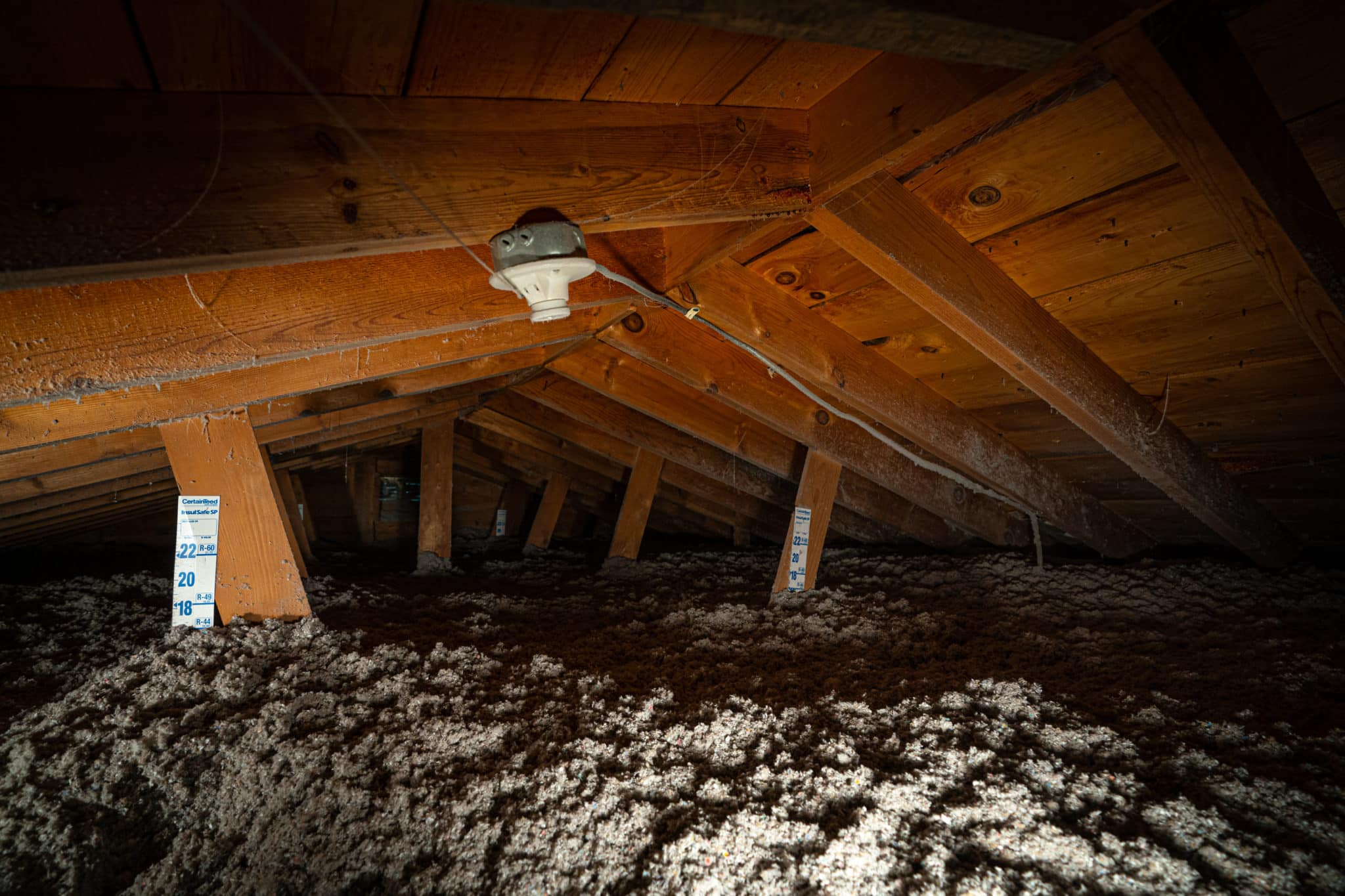
After his project had been completed, Rich sent the following words of gratitude to his project manager, “Thanks to you, Lindus, and all involved for a job well done!”
Contact us today to get started on your next insulation or home improvement project.
See the Energy Efficiency Experts of Lindus Construction in Action:
